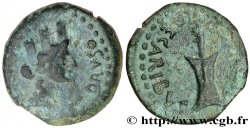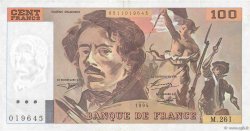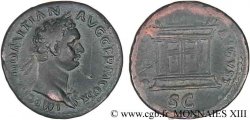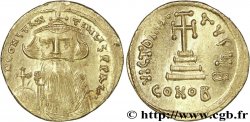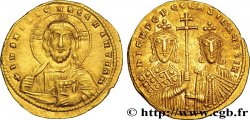v32_0130 - TIBERIUS Denier
MONNAIES 32 (2007)
Startpreis : 450.00 €
Schätzung : 750.00 €
Erzielter Preis : 450.00 €
Anzahl der Gebote : 1
Höchstgebot : 671.00 €
Startpreis : 450.00 €
Schätzung : 750.00 €
Erzielter Preis : 450.00 €
Anzahl der Gebote : 1
Höchstgebot : 671.00 €
Type : Denier
Datum: c. 15-37
Name der Münzstätte / Stadt : Gaule, Lyon
Metall : Silber
Der Feingehalt beträgt : 900 ‰
Durchmesser : 19,5 mm
Stempelstellung : 9 h.
Gewicht : 3,69 g.
Seltenheitsgrad : R1
Emission: 4e
Kommentare zum Erhaltungszustand:
Flan ovale et décentré à 9 heures. Frappe exceptionnelle avec un portrait de toute beauté servi par une magnifique patine de médaillier aux reflets bleutés. Superbe revers, bien centré
N° im Nachschlagewerk :
C.16 (2 fr.) - RIC.26 - BMC/RE.48 - RSC.16 a - RCV.1763 (280$) - MRK.5 /4 (700€) - BN/R.29 - Giard/L1.150
Vorderseite
Titulatur der Vorderseite TI CAESAR DIVI - [AVG F] AVGVSTVS.
Beschreibung Vorderseite Tête laurée de Tibère à droite (O*).
Übersetzung der Vorderseite “Tiberius Cæsar Divi Augusti Filius Augustus”, (Tibère César fils du divin Auguste, auguste).
Rückseite
Titulatur der Rückseite PONTIF - MAXIM.
Beschreibung Rückseite Pax (la Paix) ou Livie assise à droite sur un siège décoré, tenant une branche d'olivier de la main gauche et de la droite un long sceptre.
Übersetzung der Rückseite “Pontifex Maximus”, (Grand pontife).
Kommentare
Comme pour le denier d'Auguste, cette pièce appartient à l'atelier impérial de Lyon et ce type de denier a circulé pendant pratiquement un siècle. Il se rencontre très souvent avec des monnaies gauloises de la phase terminale dans les fouilles archéologiques. C’est la monnaie romaine la plus courante en Gaule pour les Julio-Claudiens. La quatrième émission se caractérise par un socle représenté par une seule ligne et les pieds du siège sont ornés de fleurons ; les pieds de Livie reposent sur un tabouret ; au droit, les rubans de la couronne tombent en ondulations, le portrait reste réaliste.
As with the Augustan denarius, this coin belongs to the imperial mint of Lyon and this type of denarius circulated for almost a century. It is very often found with Gallic coins from the final phase in archaeological excavations. It is the most common Roman coin in Gaul for the Julio-Claudians. The fourth issue is characterized by a base represented by a single line and the legs of the seat are decorated with fleurons; Livia's feet rest on a stool; on the obverse, the ribbons of the crown fall in waves, the portrait remains realistic
As with the Augustan denarius, this coin belongs to the imperial mint of Lyon and this type of denarius circulated for almost a century. It is very often found with Gallic coins from the final phase in archaeological excavations. It is the most common Roman coin in Gaul for the Julio-Claudians. The fourth issue is characterized by a base represented by a single line and the legs of the seat are decorated with fleurons; Livia's feet rest on a stool; on the obverse, the ribbons of the crown fall in waves, the portrait remains realistic







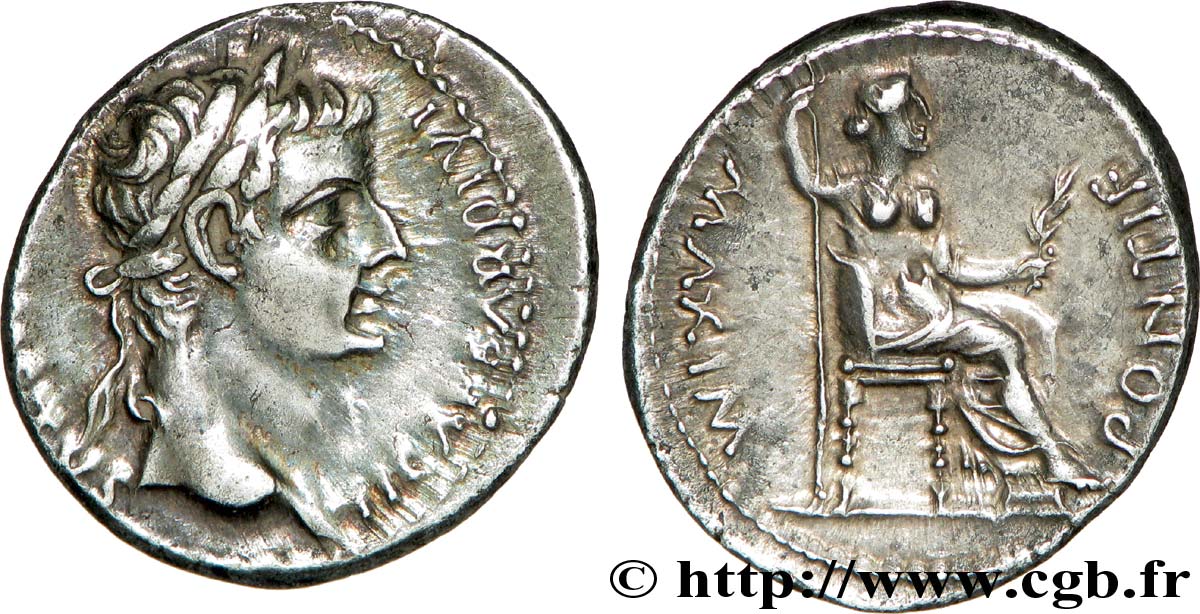
 Berichten über einen Fehler
Berichten über einen Fehler Die Seite drucken
Die Seite drucken Teilen meiner Auswahl
Teilen meiner Auswahl Stellen Sie eine Frage
Stellen Sie eine Frage Einlieferung/Verkauf
Einlieferung/Verkauf
 Details
Details



